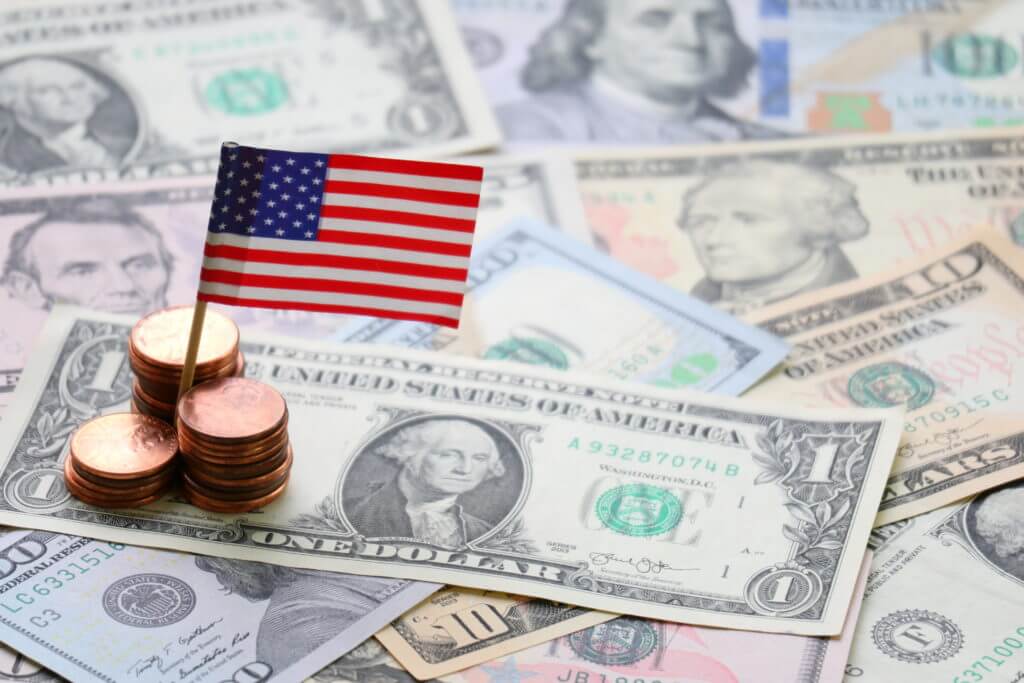According to the latest news, on Wednesday, the U.S. dollar nursed losses as optimism over a covid-19 vaccine and expectations for a fiscal rise from a new U.S. government triggered a shift of funds from the dollar to riskier assets.
Significantly, the greenback touched near a two-month low against the Australian dollar. Meanwhile, the dollar reached a two-year low against the New Zealand dollar.
The world’s largest cryptocurrency, Bitcoin, is also traded near a record high.
According to the news, the greenback is likely to continue to decline as progress on a vaccine, as well as Janet Yellen’s new position as a U.S. Treasury secretary, relieved two significant uncertainties for investors.
Head of FX strategy at Saxo Bank, John Hardy, announced that the Fed would prove a mere auxiliary to maximize fiscal impact by ensuring cheap funding. He said that the FED would do this by printing money and keeping rates low across the yield curve.
On Wednesday, the U.S. dollar traded at $1.1917 versus the euro, near its two-week low. The sterling bought $1.3365, close to its highers in over two months. Additionally, the dollar held steady against the yen at 104.41.
We all know that the coronavirus vaccine could be available before the end of 2020. The news sent U.S. stock increasing to record highs and reduced the appeal of holding the greenback as a safe-harbor currency.
It has to be mentioned that risk appetite has also improved after Trump’s administration started cooperating with President Joe Biden’s transition team. Additionally, according to the news, Yellen, an advocate of more fiscal spending, will take the top job at the Treasury, which also improved risk appetite.
As I already mentioned, Bitcoin, the most popular cryptocurrency, rose to $19,221. The cryptocurrency nears its record – $19,666 from December 2017.
The dollar index against a basket of six major currencies stood at 92.012
Furthermore, the dollar index against a basket of six major currencies was trading at 92.012 after declining 0.4% on Tuesday. Significantly it was last down 0.1% on the day.
Significantly, the onshore yuan increased to 6.5799 per dollar on optimism for better Sino-U.S. ties under Biden. Moreover, other Asian currencies also increased.
Other currencies, which benefited earlier as investors unwound bets for additional monetary stimulus in both countries, declined in early European trade.
Significantly, increasing risk appetite indicates that the Australian dollar’s next target is its high of $0.7413 on September 1.
Additionally, the New Zealand dollar, which has rallied 5.5% during the month, is trading shy of its highest since June 2018.











